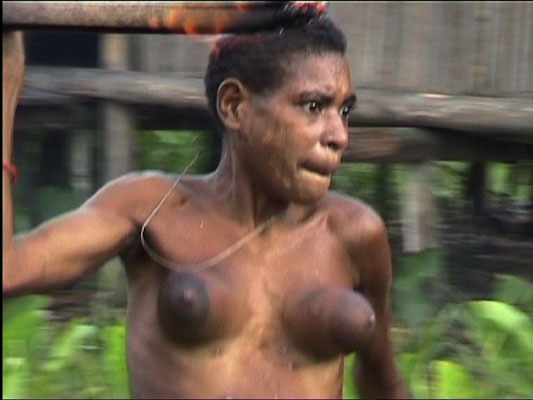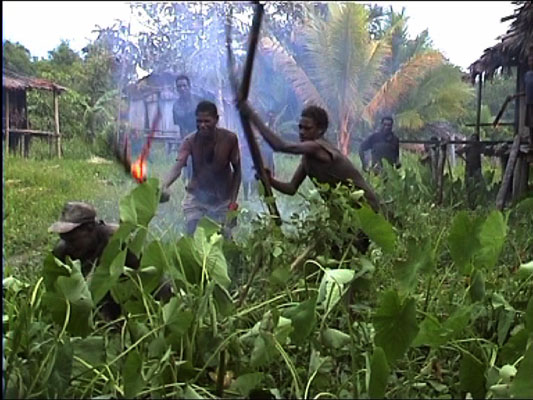Filmografie / filmography
In samenwerking met Roy Villevoye
In collaboration with Roy Villevoye
The New Dress
HD video, 21'20", 2016
Een portret van zuster Majella Hoppenbrouwers die van 1956 tot 1961
bij de Asmat Papoea's in het voormalig Nederlands Nieuw-Guinea
werkzaam was.
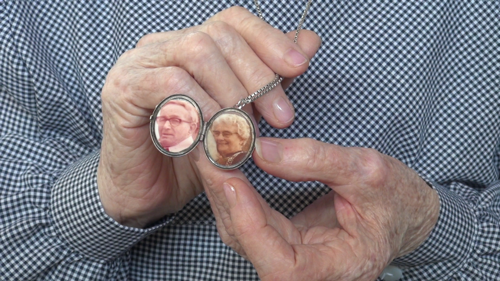
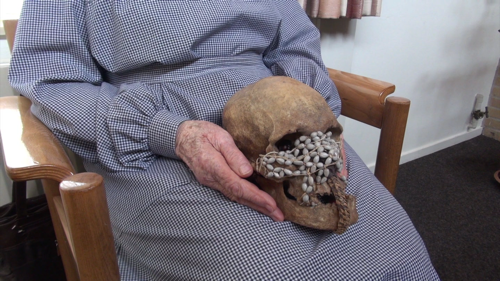
The Double
HD video, 21', 2015
In een werkplaats wordt zeer zorgvuldig een realistisch beeld van een man van middelbare leeftijd gemaakt. In een voice-over wordt er over hem gesproken door mensen die hem ooit hebben ontmoet. Terwijl zijn buitenkant tot stand komt blazen de stemmen hem leven in.
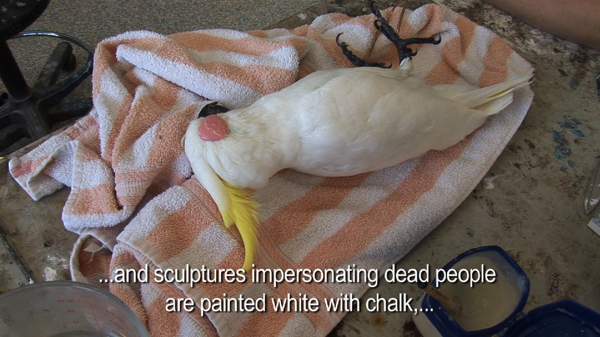
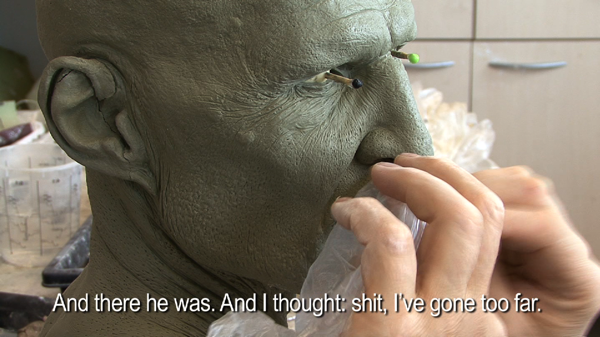
The Runaway
HD video, 12', 2015
Een Nederlander praat met gezag over de opvattingen en gebruiken van ‘anderen’. Het is de stereotiepe tegenstelling tussen us en them. Gaandeweg blijkt die verhouding steeds minder eenduidig; de protagonisten maken deel uit van elkaars mythologie.
A A Dutchman speaks with authority about the ideas and customs of 'others'.
It is the stereotype contrast between 'us' and 'them'. Gradually the relationship between these two becomes more ambiguous, the protagonists appear to be part of each others mythology.
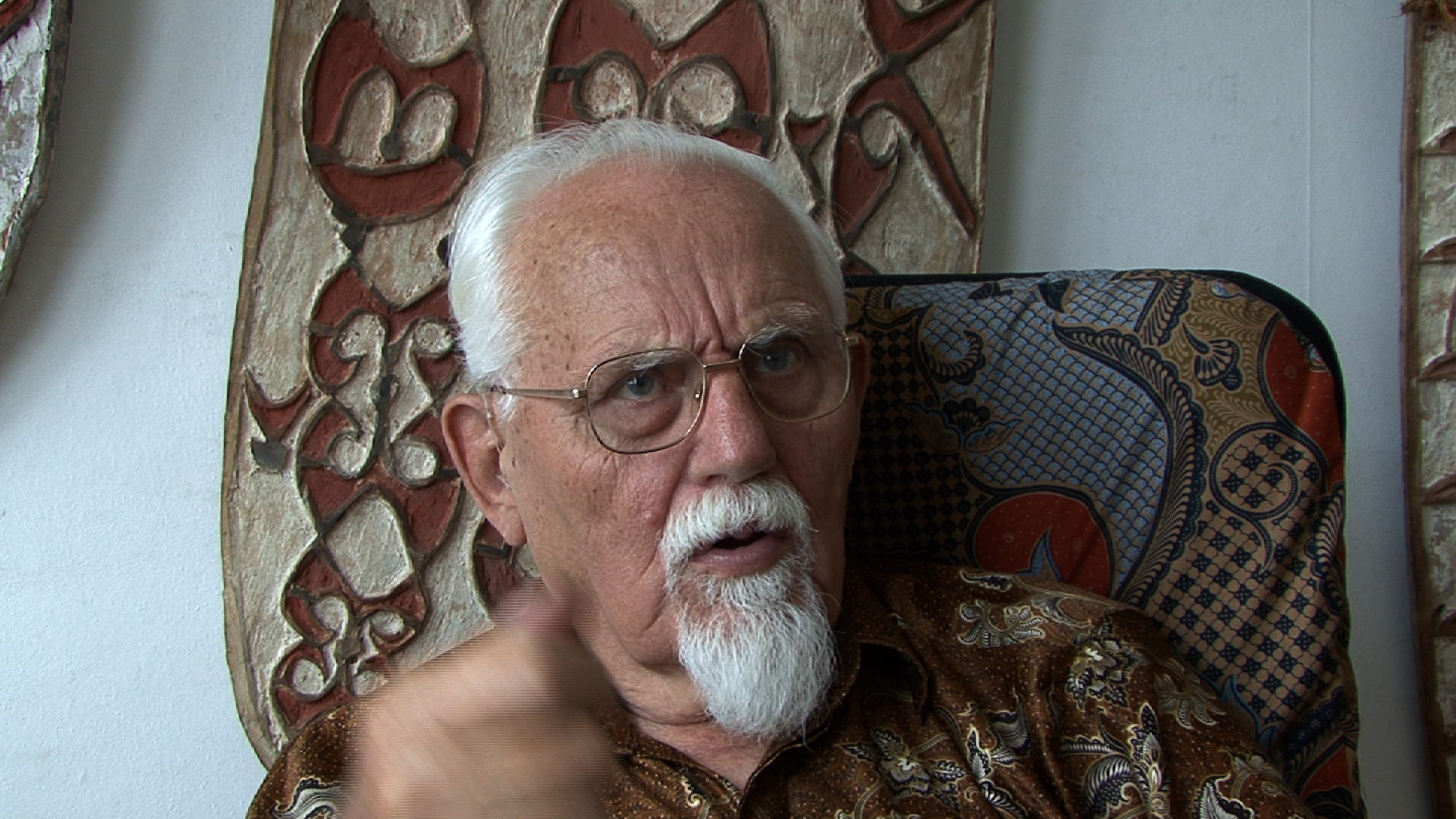
RietveldTV - The Runaway by Jan Dietvorst from RIETVELD TV
Geef me zeep, geef me een handdoek.
HD video, 67', 2014
Dertig jaar lang was Piet van Mensvoort bij Papoea's in voormalig Nederlands Nieuw Guinea als missionaris werkzaam. Hij vertelt hoe zijn geloofsopvatting onder invloed van de plaatselijke omstandigheden is veranderd en hoe zijn op de christelijke naastenliefde gebaseerde activiteit door de bevolking werd bezien. Dit portret gaat ruimschoots voorbij aan de stereotiepe oordelen die doorgaans op deze anonieme weldoeners worden toegepast.
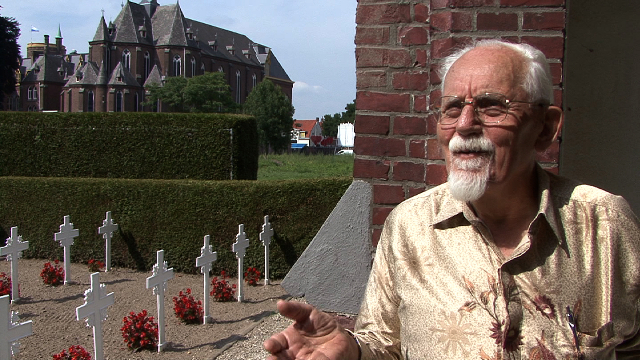
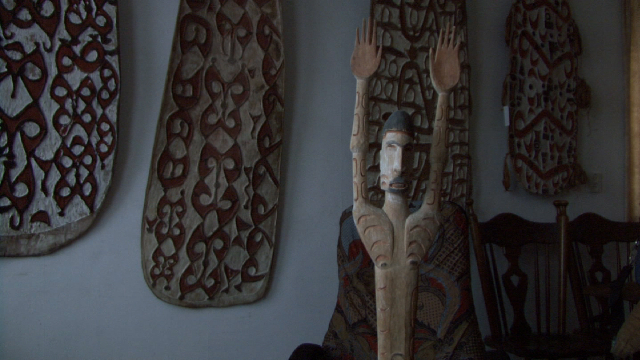
AFTER THE BATTLE, 2012
HD video, 75'
Drie films over de herinnering aan Wereldoorlog 1 (Winter Prayers 2006, The Scrap-iron Age 2008, War is Over 2011) zijn in AFTER THE BATTLE tot één versie gemaakt. De zoektocht naar resten op de voormalige slagvelden in Frankrijk en België vindt haar oorsprong in een combinatie van materialistische, ideologische en bovennatuurlijke motieven. Geschiedschrijving blijkt niet te scheiden van de persoonlijke levensloop van de betrokkenen. Gezien de grote hoeveelheid oorlogstuig in de bodem is een dergelijke bezigheid niet zonder gevaar. Op het strijdtoneel liggen ook nog de vele duizenden als vermist opgegeven soldaten. Hoe krijgen zij een plaats in het verhaal dat de zoeker zichzelf en de toeschouwer voor houdt?
Three films about the culture of remembrance of World War 1 (Winter Prayers 2006, The Scrap-Iron Age, 2008, War is Over 2011) have been re-edited in AFTER THE BATTLE. The search for remnants on the former battlefields of France and Belgium has its origin in a combination of materialist, ideological and supernatural motives. Historiography appears inseparable from the personal life of those involved. Given the large amount of ordnance in the soil such an occupation is not without danger. Also still on the battlefield are thousands of missing soldiers. What place do they get in the story the diggers make up for themselves and for us?
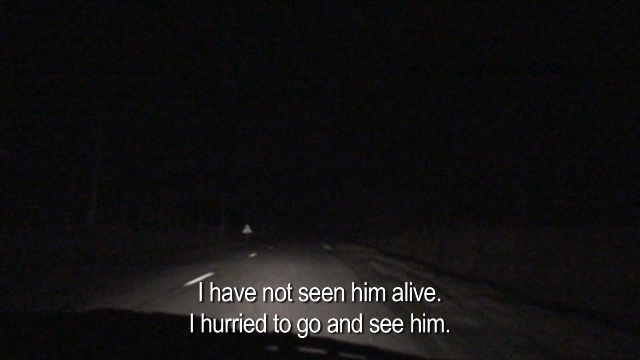
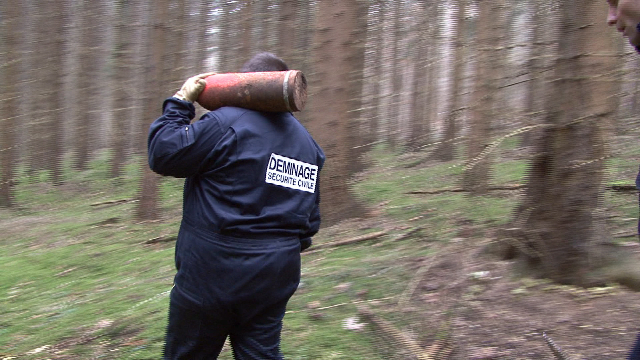
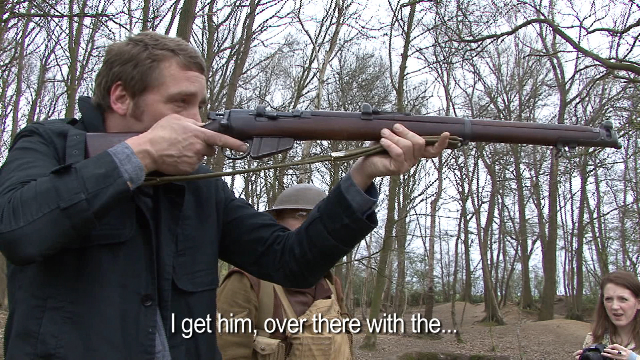
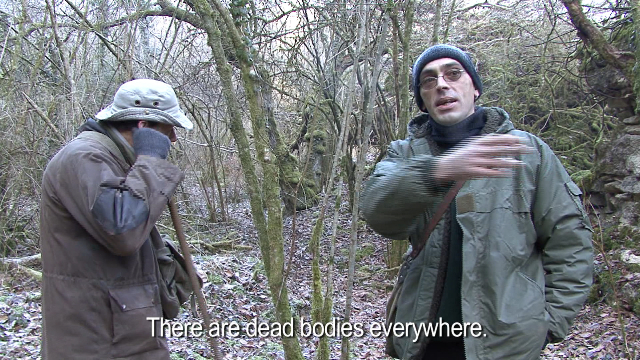

WAR IS OVER , 2011
HD video, 29'
Met Winter Prayers (2006) en The Scrap-iron Age (2008) vormt WAR IS OVER een drieluik over de herinnering aan de Eerste Wereldoorlog. In het maken van contact met deze ingrijpende historische gebeurtenis is de aanblik van iemand die het heeft meegemaakt de ultieme uitkomst. Een film over een begraafplaats kan in analogie daarmee niet zonder een dode. Voor de zoektocht naar onbekende soldaten op de voormalige slagvelden bestaan zeer uiteenlopende motieven die vaak tegengesteld aan elkaar zijn. Herinneringscultuur blijkt een combinatie van mythomanie, ondernemerschap, psychopathologie en dichterlijke aanvechtingen.
In making contact with this major historical event, the sight of someone who has experienced battle has to be the ultimate outcome. Likewise a film about a cemetery can't therefore do without the sight of someone dead. The search for unknown soldiers in the battlefield often is undertaken with opposing motivations. The culture of remembrance seems a combination of mythomania, entrepreneurship, psychopathology, and poetic inclinations.
Together with Winter Prayers (2006) and The Scrap-Iron Age, War is Over (2011) forms a trilogy on the memory of the First World War.
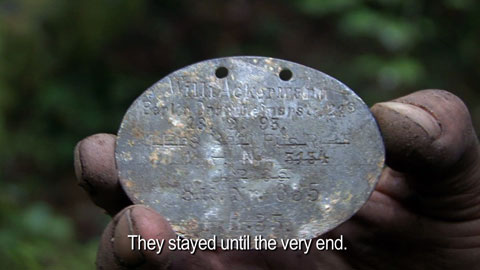
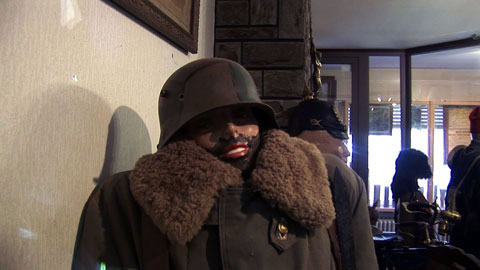
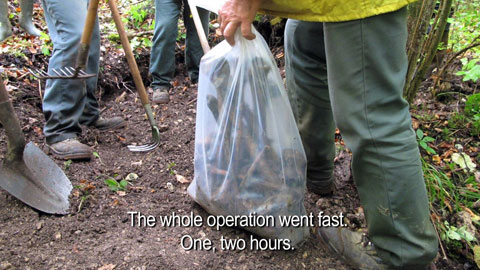
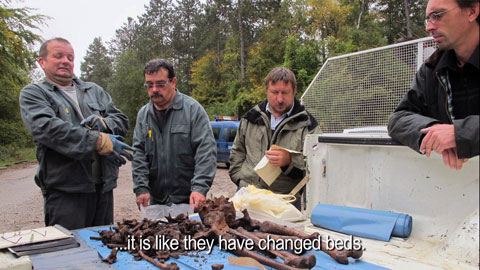
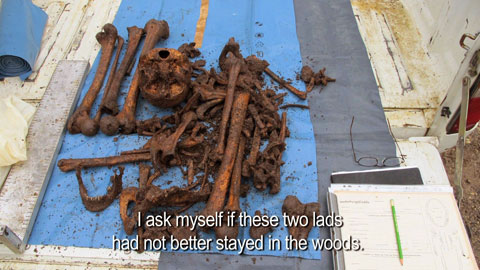
PRESSURE, 2009
HD video, 40'
Temidden van de kosmopolitische dynamiek blijkt het leven in India’s grootste stad Mumbai nog volop ruraal en kleinsteeds te zijn. In PRESSURE wordt de metropool- een wanordelijk aandoende samenhang van schaalvergroting, differentiatie en een toenemende complexiteit - klein en daarmee bevattelijk gemaakt. Deze film gaat in tegenstelling tot ander werk van Jan Dietvorst en Roy Villevoye niet over mannen in het bos, maar over gezinnen die leven aan de rand van de zee.
Veel hedendaagse conflicten lijken herleidbaar tot de controverse tussen de stad en het platteland. Als zinnebeeld van mobiliteit, succes en vooruitgang werd Mumbai op 26 november 2008 door negen van het Pakistaanse platteland afkomstige terroristen gegijzeld en bedreigd. Het rurale blijkt daarmee evenzeer een gevaarlijke tegenkracht als een modus om te overleven in de grote stad.
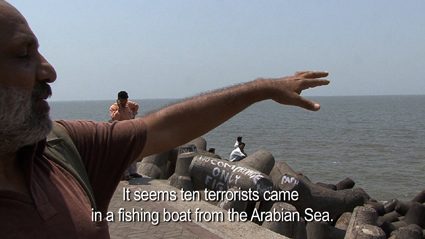

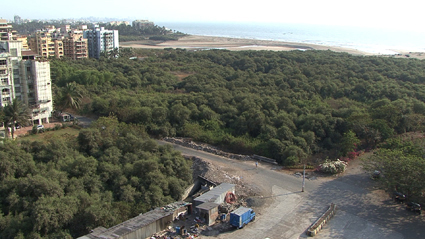
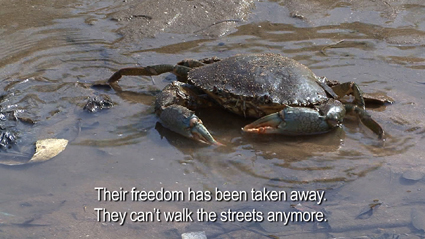
The Scrap-Iron Age, 2008
HD video, 42’ 30”
In the collaborative work of Roy Villevoye and Jan Dietvorst the notion that visual art is a manner of garnering knowledge and a means to discover the truth has resulted in films that are created using documentary footage. The panorama of the former battlefields of the First World War in Northern France as well as the culture of the Asmat tribe in the tropical rainforest of West Papua, formerly part of Dutch New Guinea, emerge through the portrayal of the people in these regions. In their work they take a stance against traditional journalistic methods, which fix historical events in an overly unambiguous manner.
For the Questioning History exhibition in Rotterdam, Roy Villevoye and Jan Dietvorst produced a new film that, in a certain sense, is a sequel to Winter Prayers, a film from 2006 about memories of the First World War. The Scrap-Iron Age is a film about fortune and misfortune in an environment (Northern France, near Verdun) where remnants of the First World War still abound and to some extent dominate the lives of the people who reside there.
When viewing films by Villevoye and Dietvorst the question of the existential desire that this meddling with the past might be serving intrudes unremittingly. They afford the viewer access to historical enormities in the guise of seemingly inconsequential events, happenstance and surprise revelations.


Phantom, 2008
HD video, 7’07”
A Papuan man fells a tree in the tropical rainforest in order to make a simple stucture. After finishing it his cousin carries the object around and thus transforms the building element for a short moment into a universal symbol.
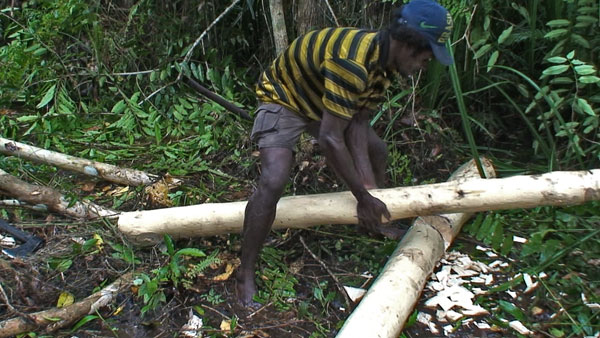
And the trumpet shall sound 2008
HD video, 45’
People shape their lives in a hybrid setting; a large settlement surrounded by a merciless tropical landscape. The arrival of outsiders gives a new impulse to their expectatins of a better world. However the newcomers also have their own, sometimes conflicting ambitions and ideas. The longing for material wealth takes on a magical and mythical dimension in these circumstances.
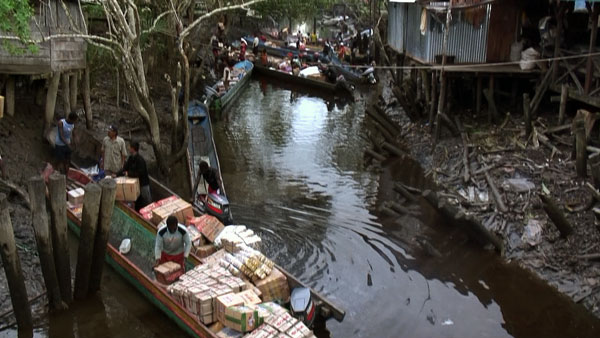
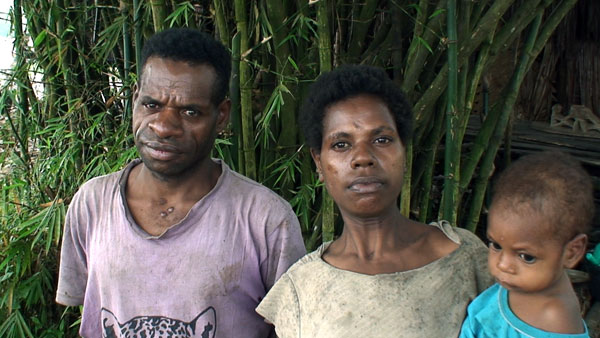
Syuru, 21 september 2007
2007, HD video, 9'30"
Op 21 september 2007 vindt in het mannenhuis van Syuru, een Asmatdorp in de Indonesische provincie Papua een gesprek plaats over het verloop en de betekenis van het Bisj ritueel.
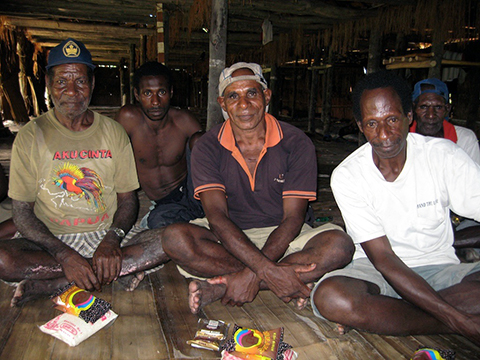
Owner of the Voyage
2007, digitale video, 16’
In deze splitscreen videofilm wordt een beeld geschetst van een reis naar Nederland van twee broers uit Asmat/Papoea, het voormalige Nederlands Nieuw Guinea. Op het rechtbeeld is hun eerste reis naar en verblijf in een westers land zonder commentaar weergegeven. Op het rechterdeel reconstrueert een in het dorp achtergebleven familielid op geheel eigen wijze hun belevenissen en voegt er ongevraagd maar tamelijk dringend zijn verlangen naar de wereld aan toe.

The New Forest,
2004/2007, digitale video, 66’
In their work Roy Villevoye and Jan Dietvorst deal with the problems of antropological representation, the conventions of documentary filmmaking and the legacy of colonialism. As they point out themselves:” The nature of our material means that we are almost automatically classified as part of the documentary genre. However, by no means do we wish to identify ourselves with it. The point is precisely to free ourselves from a number of conventions that characterise the documentary. (...) We don’t want to answer questions, we want to raise them.”
The New Forest is the result of their experiences amongst the Asmat in Papua, the former Dutch province New Guinea. Distinct accounts and narrative styles are juxtaposed, stories recounted, but without any clear progression or goal, except to destroy the illusion of New Guinea as an untainted Eden.
The New Forest (2004, 80'37" est filmé chez les Asmat en Papouasie (l'ancienne Nouvelle Guinée Hollandaise). Différents récits et styles narratifs y sont juxtaposés, sans que cela implique une progression ou une intention précise, sauf peut-être celle de remettre en cause l'illusion de la Nouvelle Guinée en tant qu'Eden resté intact. Ce film questionne sans ménagement la représentation de l’ « Exotique », les conventions de la pratique documentaire et l’expérience post-coloniale. Il cherche à donner au spectateur une sensation universelle d’espace et de temps.
The New Forest est fait de monologues et d’interviews : un Papou raconte que sa cécité doit contribuer à des obligations non réalisées de ses ancêtres ; un collectionneur Coréen décrit sa relation avec les habitants de la forêt alluviale. Un entretien sur un voyage récent de deux Papous vers les Pays-Bas suscite chez un interlocuteur indigène le désir profond de voir et faire l'expérience du monde en dehors de son propre territoire. Le film de Villevoye et Dietvorst présente un village bruissant, où les mythes et les espoirs se croisent confusément devant le décor d'une économie totalement déséquilibrée.
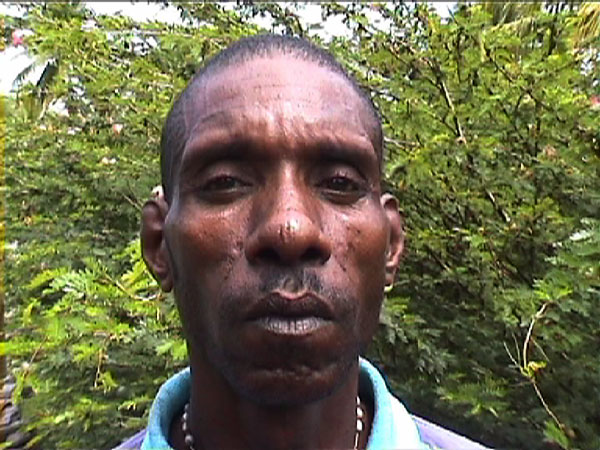
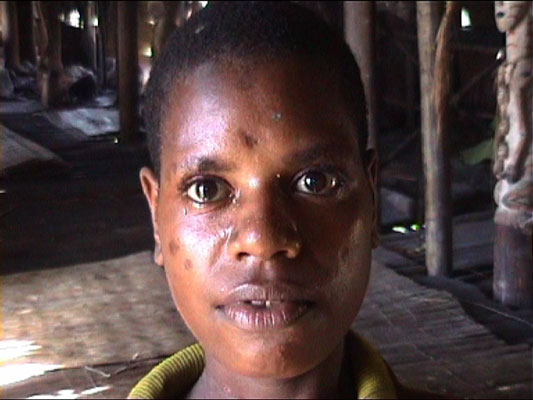
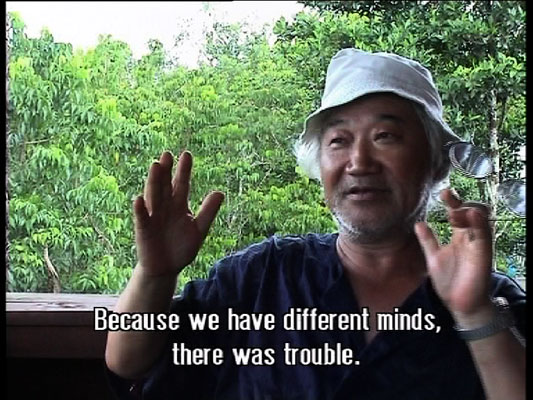
Winter Prayers, 2006
HD video / 16:9 / 1080 x 1920, 58’
The First World War is a gigantic subject that is almost un-approachable and hard to deal with in its vastness and complexity. Winter Prayers is a portrait of a person who daily deals with this subject and by way of this limitation supplies a kind of natural border without shrinking the enormity of it. The protagonist Jean Paul de Vries interest is sincere and authentic and because the subject is connected to his personal biography it rather gains actual dramatic content. What you see is a human being who tries to get along in life.
The theme got in fact more universal. His appearance namely answers the questions that the filmmakers, as being interested in this war, have asked themselves so many times. Jean Paul de Vries supplied them with legitimate access to a subject that in another case would strand in a series of atmospheric images shot in Northern France. He is in fact is a stand-in for the makers of the film and hopefully for its audience as well.
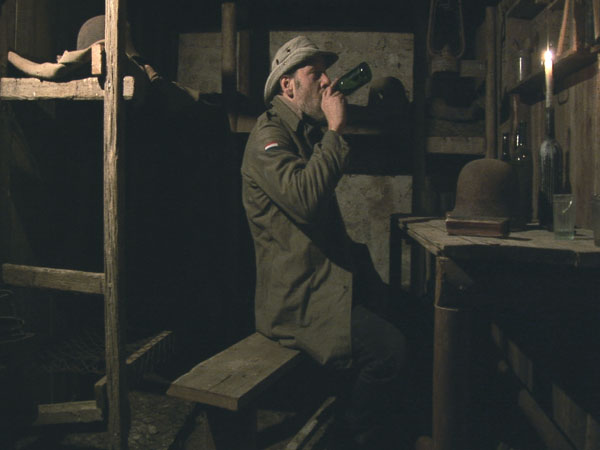
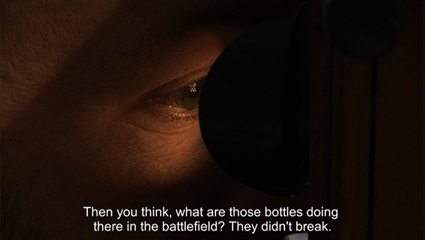
Jac & Jeri, 2003, dubbelprojectie,
digitale video, 12’
Jeremias Mbait vertelt hoe hij omstreeks 1970 als jongste matroos 'mister Jac' op zijn tochten door de Asmat in het voormalige Nederlands Nieuws Guinea vergezelde. De missie was de aankoop van houtsnijwerk om met de verkoop daarvan in het Westen de cultuur van de Asmat op de kaart te zetten en te houden. In zijn huiskamer in Capelle aan de Ijsel ziet Jac Hoogerbrugge voor het eerst in 35 jaar zijn assistent van destijds op video terug.
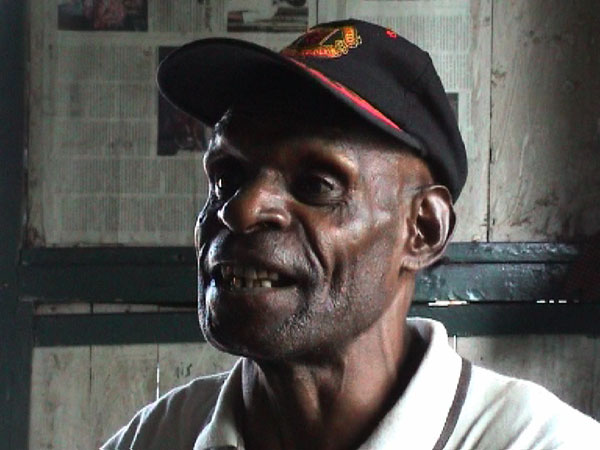
Silvia, 2003, dubbelprojectie,
digitale video. 9’
Voor de gemiddelde staatsburger is de provincie West Papua niet alleen een verre uithoek van de Republiek Indonesië, maar van de hele bewoonde wereld. De in Ambon geboren Silvia vertelt hoe zij in West Papua terecht is gekomen. Haar levensverhaal wordt begeleid door de sentimentele liedjes van de karaoke-set van de buren.
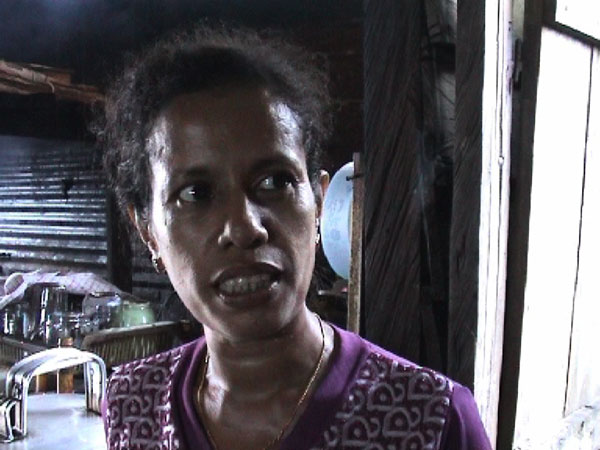
The Bishop & The Doctor, 2002,
digitale video 32’
The Bishop & The Doctor is een splitscreen projectie van twee synchroon gepresenteerde gebeurtenisssen die zich beide afspelen in de Asmat in de Indonesische provincie Papoea, het voormalige Nederlands Nieuw Guinea. Het gaat om de werkzaamheden van twee typische exponenten van de White Mans Burden. In het rechterdeel opereert een Duitse arts in bijna huiselijke omstandigheden een Papoea aan een gezwel in zijn gezicht. De man in het linkerdeel moet logischerwijs daarom de bisschop uit de titel van het werk zijn, maar de betekenis van de door hem uitgevoerde ceremonie blijft onduidelijk. De kijker kan zich hierdoor op het concrete verloop van de gebeurtenissen richten zonder het allemaal in een kant en klaar verhaal over oude Papoea rituelen in te passen. Dat geldt ook voor het verloop van de synchroon verlopende operatie, die als handeling belangrijker is dan het feit dat hier stereotype Westerse goede werken worden verricht. De aanwezigheid van de bisschop en de dokter in een tropisch kustmoeras op 4 graden ten zuiden van de evenaar krijgt daardoor iets dat volkomen vanzelfsprekend is.
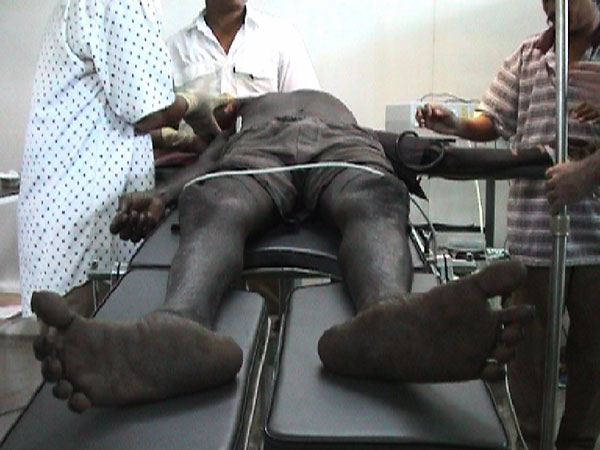
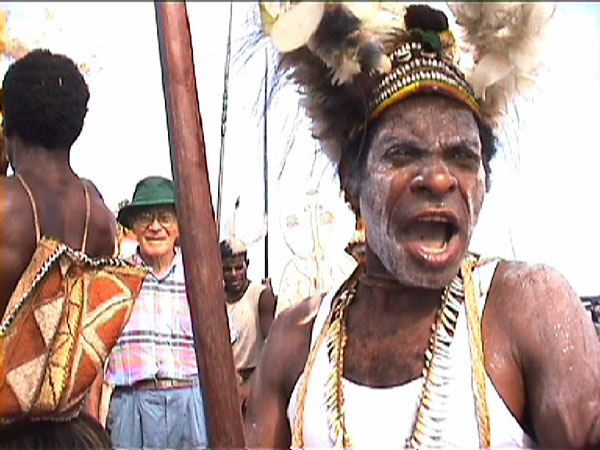
us/them, 2001,
digitale video, 105’
“Met hun montages van elementen uit twee culturen tonen Villevoye en Dietvorst een global village dat niet direct in termen van een vooruitgang van de Verlichting of een terugkeer naar het primitieve en mythische te vangen is, maar uit een grillige en ongemakkelijke dialectiek geboren wordt
...
De films van Villevoye en Dietvorst zijn een montage van twee culturen die asynchroon naast en door elkaar bestaan.
...
Het werk van Villevoye en Dietvorst toont de papoeacultuur als een amalgaan van openbaarheid en geheimhouding, van zichtbaarheid en onleesbaarheid.”
(Sven Lutticken in Geheime Publiciteit. Rotterdam 2005)
